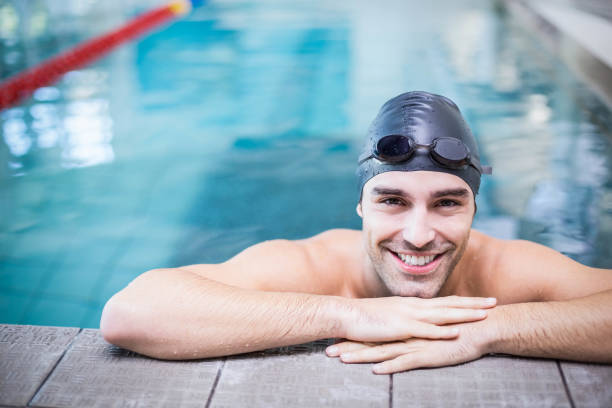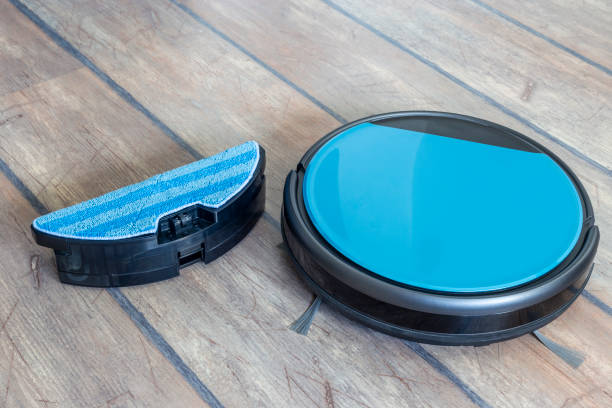Best Balance Boards

Ever tried standing on one leg with your eyes closed? Tricky, right? Now imagine standing on a board that moves beneath your feet. That’s the magic of a balance board. A deceptively simple piece of fitness equipment that challenges your muscles, boosts your coordination, and can totally transform your workouts, posture, and even workday.
Whether you’re a complete beginner looking to rehab an injury, an athlete training for performance, or someone simply trying to make their standing desk more dynamic, there’s a balance board out there for you.
In this comprehensive guide, we’ll walk you through the best balance boards for every fitness level and goal, what to look for when buying one, and how different types compare. I’ve personally tested many of these boards over the years, and I’ll be sharing what works, what doesn’t, and what might be best for you.
Benefits of Using a Balance Board
If you’re wondering whether a balance board is worth the hype, here are some pretty compelling reasons to try one:
Improved Coordination & Balance
By constantly adjusting your body to maintain balance, your proprioception (your sense of body positioning) improves dramatically.
Stronger Core Muscles
Even just standing on a balance board activates your core. Add in exercises like squats or push-ups, and you’ve got a full-on workout.
Better Functional Fitness
Unlike isolated weightlifting, balance board training mimics real-life movements, helping with everything from running to lifting groceries.
Enhanced Posture & Stability
Many users report improved posture and reduced back pain, especially when using balance boards like FluidStance The Plane with standing desks.
Rehab & Injury Prevention
Physical therapists often recommend balance boards for ankle, knee, or hip rehab, as well as fall prevention in older adults.
Types of Balance Boards Explained
Choosing the right balance board is like picking the right pair of shoes. What works for one person might not work for another. Here’s a breakdown of the most common types:
Rocker Boards
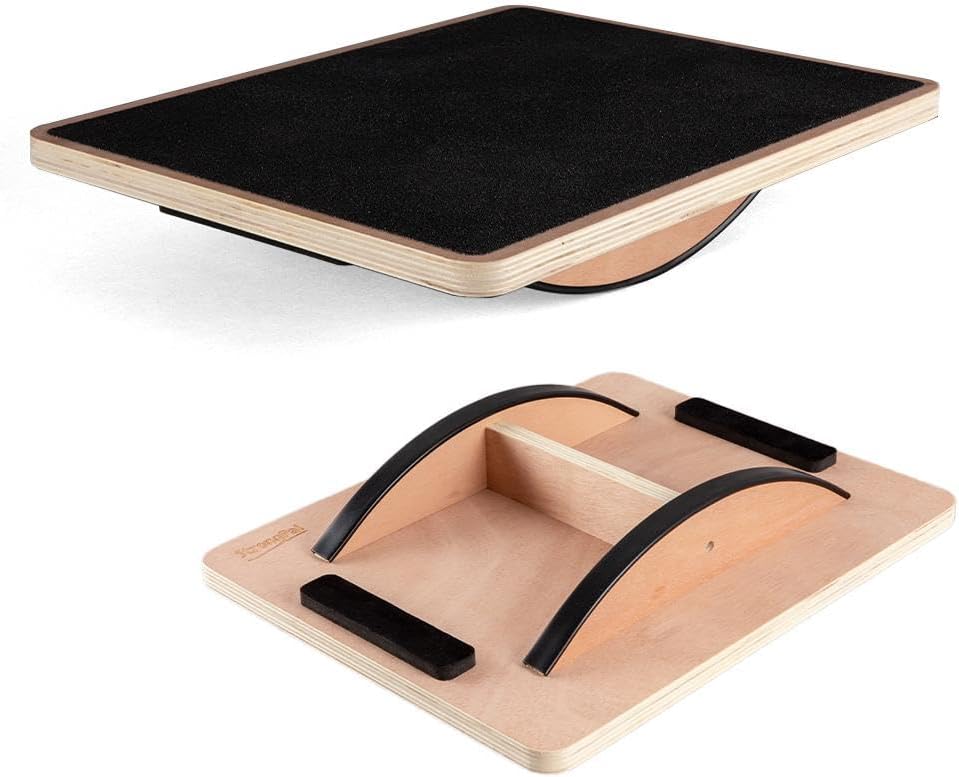
Rocker boards tilt side to side and have a fixed arc-shaped bottom. They’re ideal for beginners, elderly users, or anyone recovering from injury. You won’t get 360-degree movement here, but the predictability makes it a great starting point. Check out this beginner-friendly rocker board.
Best for: rehab, seniors, absolute beginners
Wobble Boards
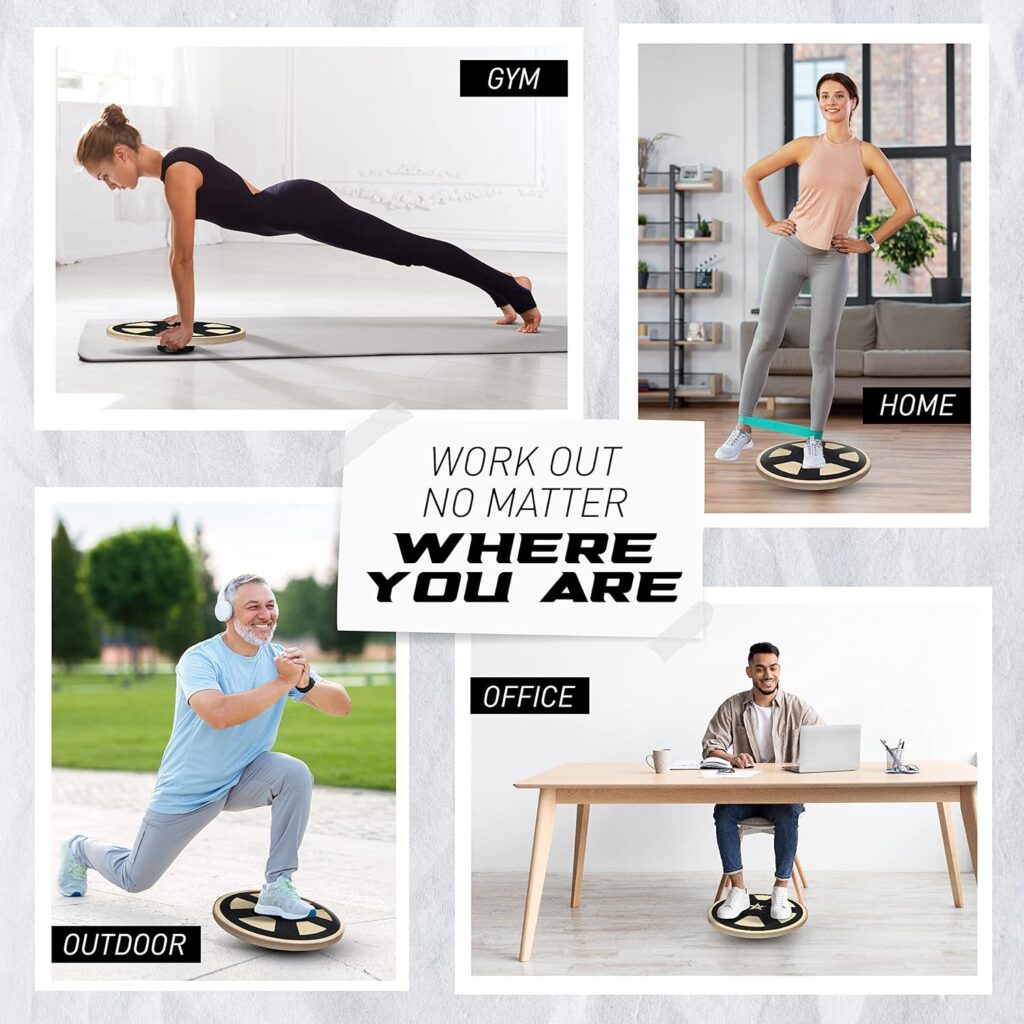
Wobble boards usually have a spherical base, allowing movement in every direction. This engages more muscle groups and challenges your balance more than a rocker board. For a versatile option, consider the Yes4All Versatile Wooden Wobble Balance Board.
Best for: general fitness, standing desks, intermediate users
Roller Boards
These have a flat board that rests on a free-rolling cylinder. Think of it like standing on a skateboard that’s on top of a rolling pin. It’s intense and not for the faint of heart!
Best for: surfers, athletes, balance pros
Sphere-and-Ring Boards

This setup uses a half-sphere inside a ring underneath the board. These require ultra-precise movements and are often used by athletes or hardcore fitness enthusiasts. Explore options like the Whirly Board.
Best for: high-level balance training, sports conditioning
Spring Boards
Spring boards combine a stable platform with springs that provide controlled instability. These are newer to the market but offer a fun, dynamic experience.
Best for: HIIT workouts, circuit training, adventurous users
What to Look for When Choosing a Balance Board
There’s no one-size-fits-all, so keep these factors in mind when shopping:
Skill Level
Are you just starting out, or looking to upgrade your core workouts? Pick a board that matches your experience.
Intended Use
Using it for your standing desk? Or your home gym? Some boards are better for office ergonomics, others are designed for intense workouts. For example, FluidStance The Plane is perfect for standing desks.
Build Quality & Materials
Look for solid wood or durable plastic, especially for high-impact training. Bamboo boards often offer the best balance between aesthetics and performance.
Size & Portability
Do you need to store it away easily or bring it to the office? Compact, lightweight boards like the Amazon Basics Wood Wobble Balance Board are great for portability.
Surface Grip & Safety
A non-slip surface is a must, especially if you’ll be using it barefoot or in socks. Some boards also come with grip tape or textured finishes.
Weight Capacity
Most boards support between 250–350 lbs. If you’re on the heavier side or want to use it with weights, check the specs! Brands like Cusurlove offer high-capacity options.
Price vs. Value
More expensive doesn’t always mean better. Look at materials, durability, and customer reviews before deciding.
Brand Reputation & Warranty
Stick with trusted names that offer warranties or satisfaction guarantees. StrongTek is a reliable choice for heavy-duty boards. A good brand will also have responsive customer service and detailed instructions.
Best Balance Boards: Top Picks by Category
1. Best Overall: Revolution Balance Boards 101 Trainer
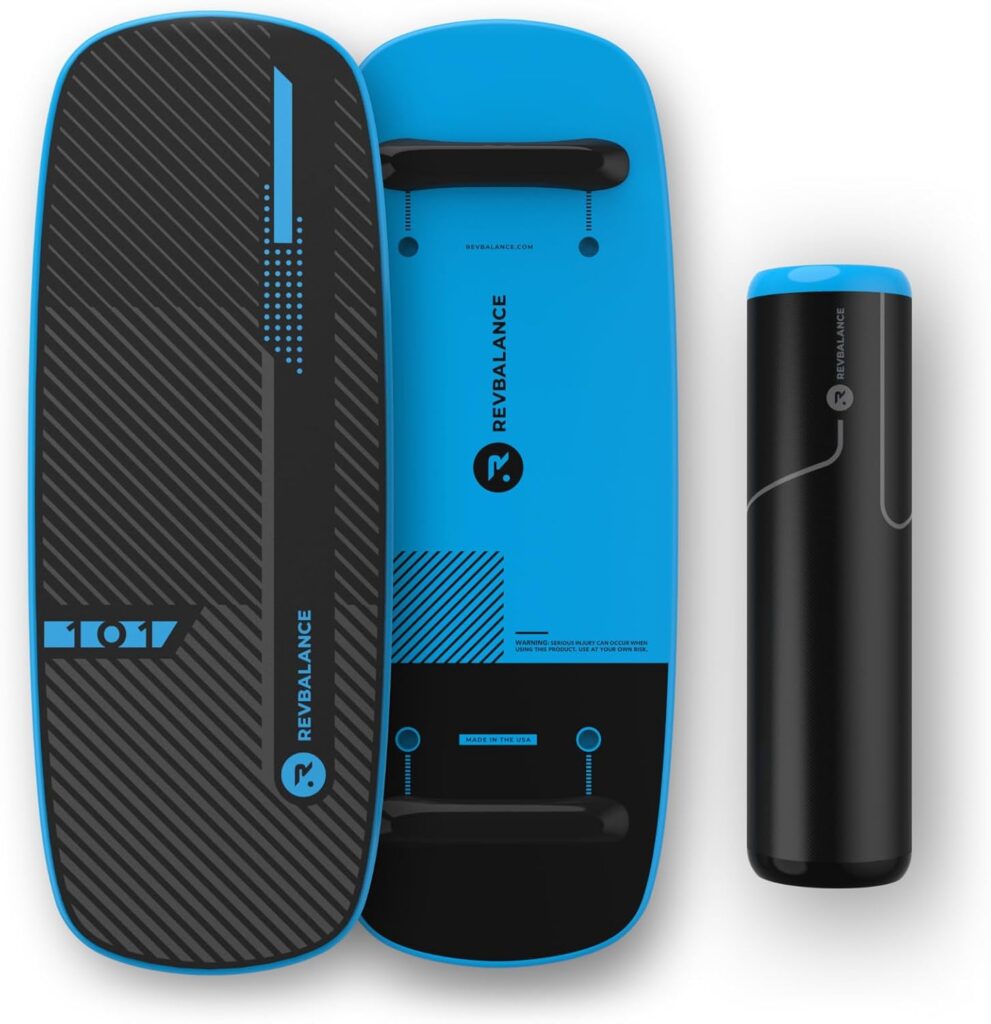
A fan favorite, the Revolution 101 delivers on all fronts—durability, design, and challenge level. It’s a roller board, so it’s more advanced, but excellent for both fitness and fun.
Pros:
- High-quality build
- Smooth rolling motion
- Stylish design
Cons:
- Not beginner-friendly
Best for: intermediate to advanced users, fitness training
2. Best for Beginners: Yes4All Wobble Balance Board
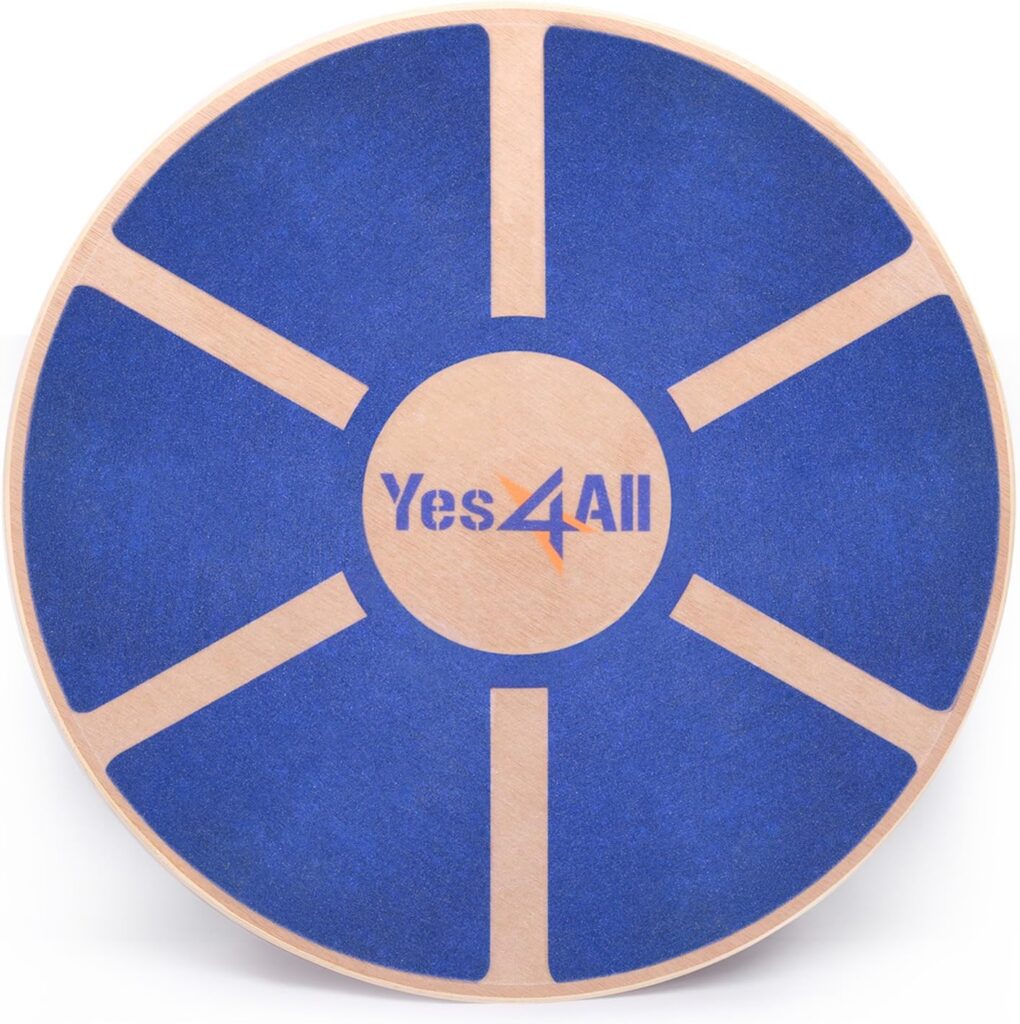
Affordable, effective, and beginner-friendly. The 360-degree wobble keeps things engaging without being overwhelming.
Pros:
- Budget-friendly
- Non-slip surface
- Durable wood design
Cons:
- Might be too basic for advanced users
Best for: new users, light home workouts, rehab
3. Best for Standing Desks: FluidStance The Plane
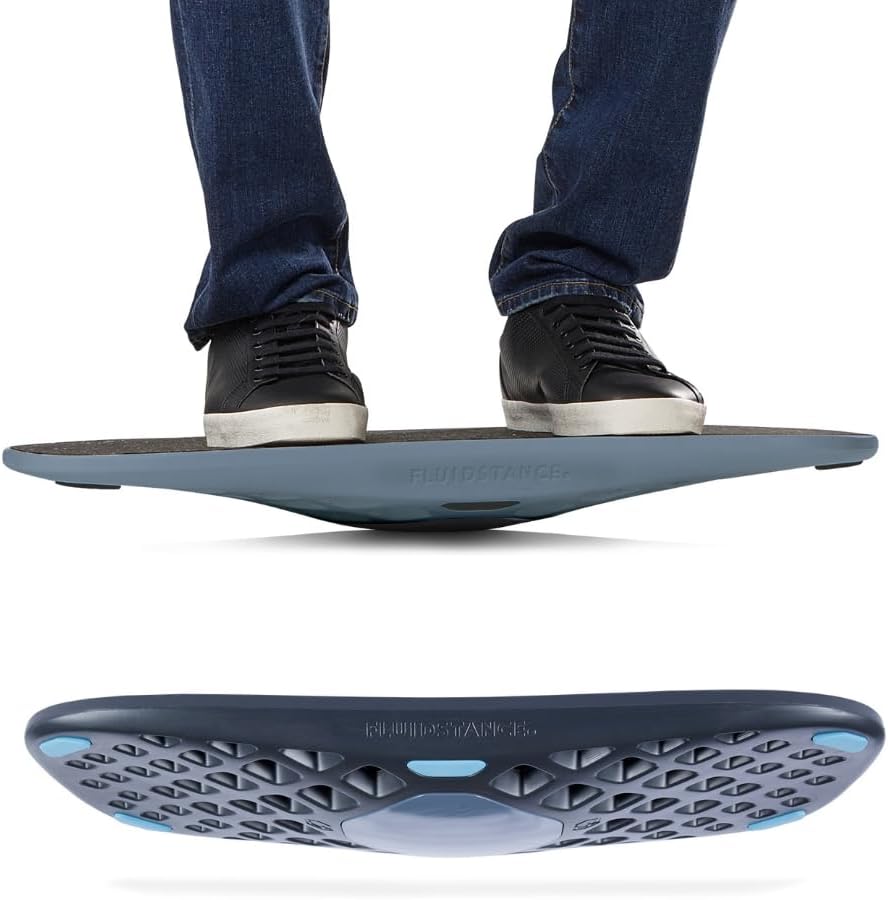
Engineered specifically for desk use, this board improves posture and movement while you work.
Pros:
- Eco-friendly materials
- Smooth, quiet motion
- Ergonomic design
Cons:
- Pricey
Best for: office workers, standing desks
4. Best for Core Workouts: GiBoard Waves Balance Board

Sleek, minimalistic, and great for high-intensity core routines. The extended deck lets you get creative with exercises.
Pros:
- Stylish and slim
- Versatile for workouts
- Built-in grip
Cons:
- Learning curve for new users
Best for: fitness enthusiasts, advanced core training
5. Best for Kids: DaWikity Kids Balance Board
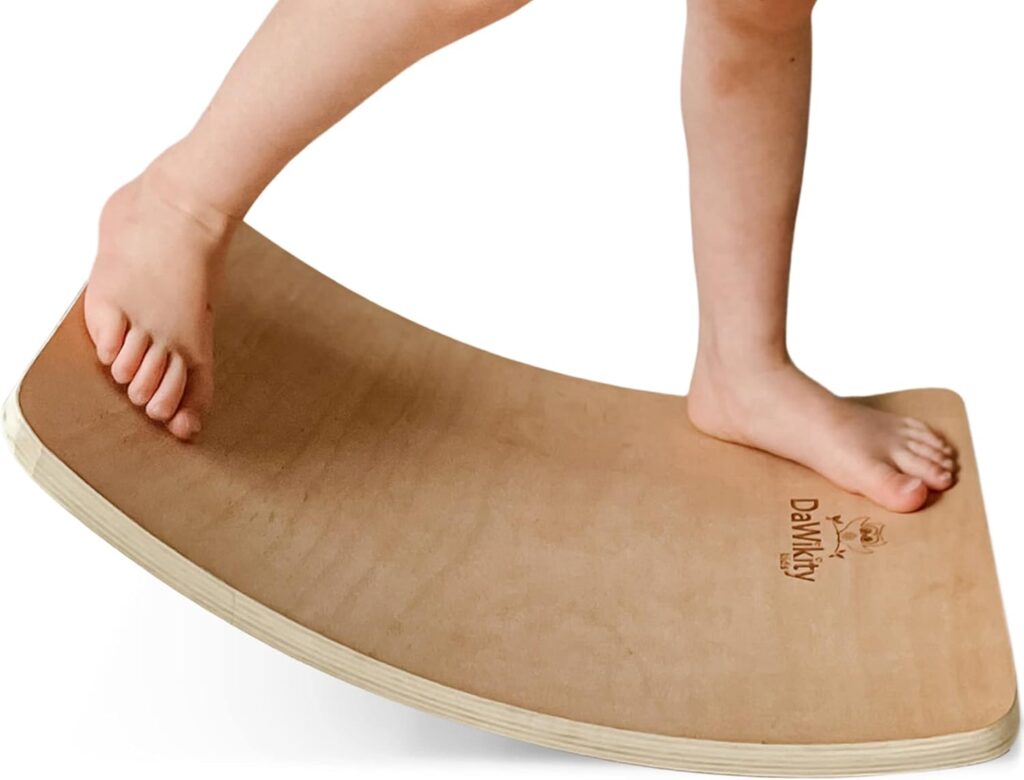
A wooden balance board designed with safety and play in mind. Kids love using it as a seesaw, bridge, or even a slide.
Pros:
- Multi-functional
- Safe, sturdy design
- Non-toxic materials
Cons:
- Not ideal for adults
Best for: toddlers to pre-teens, sensory play
6. Best for Athletes & Advanced Users: StrongTek Advanced Wooden Rocker Board
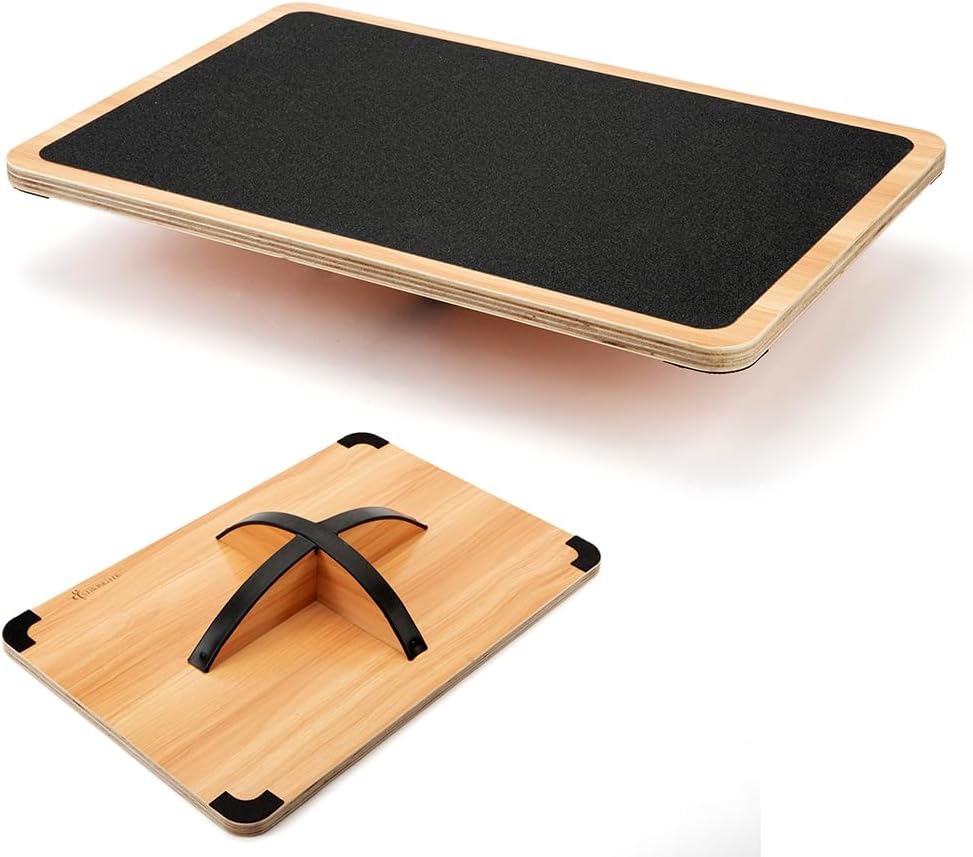
Built for precision and performance, this heavy-duty rocker board is a favorite among athletes and trainers.
Pros:
- Durable hardwood
- Non-slip surface
- Stable yet challenging
Cons:
- Too intense for beginners
Best for: athletes, physical therapy clinics
7. Best Budget Option: Amazon Basics Wood Wobble Balance Board
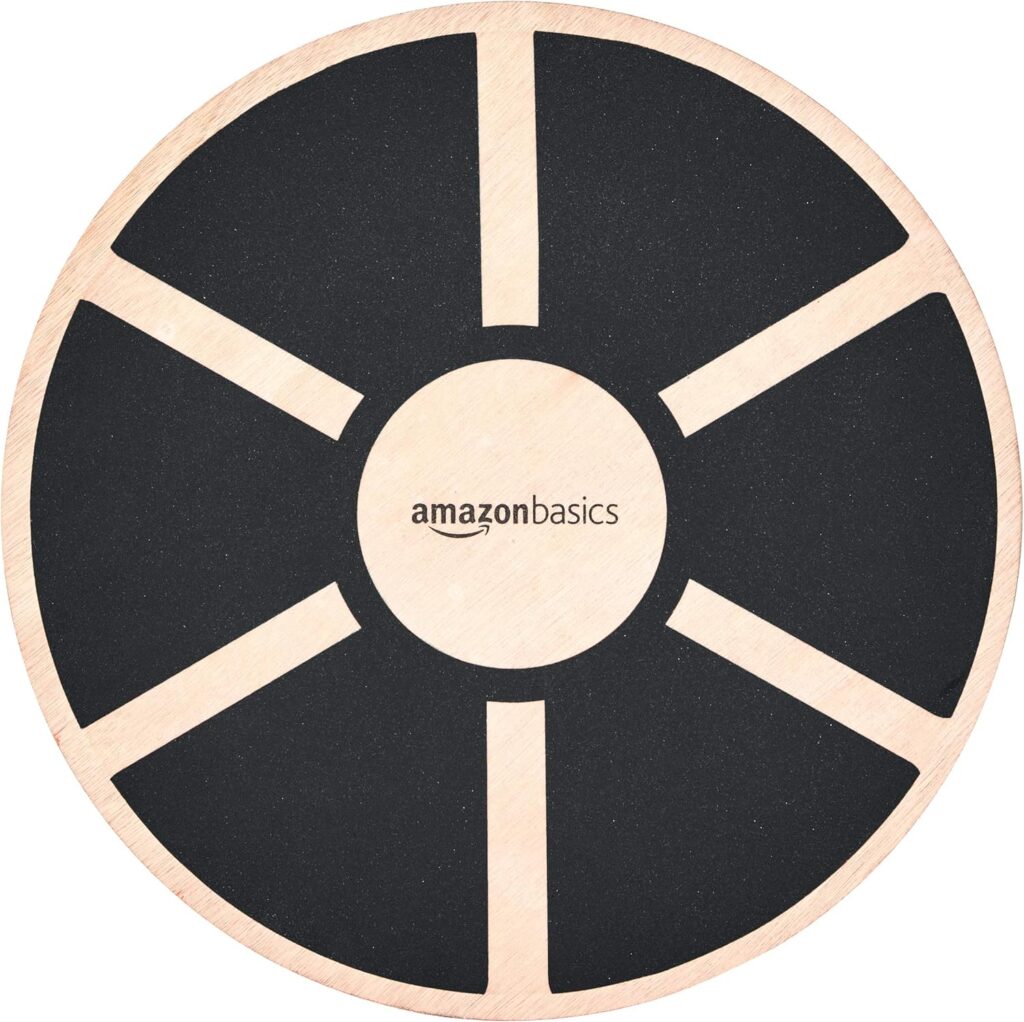
Simple, effective, and affordable. Great for testing the waters before investing more.
Pros:
- Very affordable
- Compact and portable
- Grippy surface
Cons:
- Basic design
- Limited movement
Best for: beginners, budget-conscious users
8. Most Durable: Cusurlove Professional Wobble Balance Board
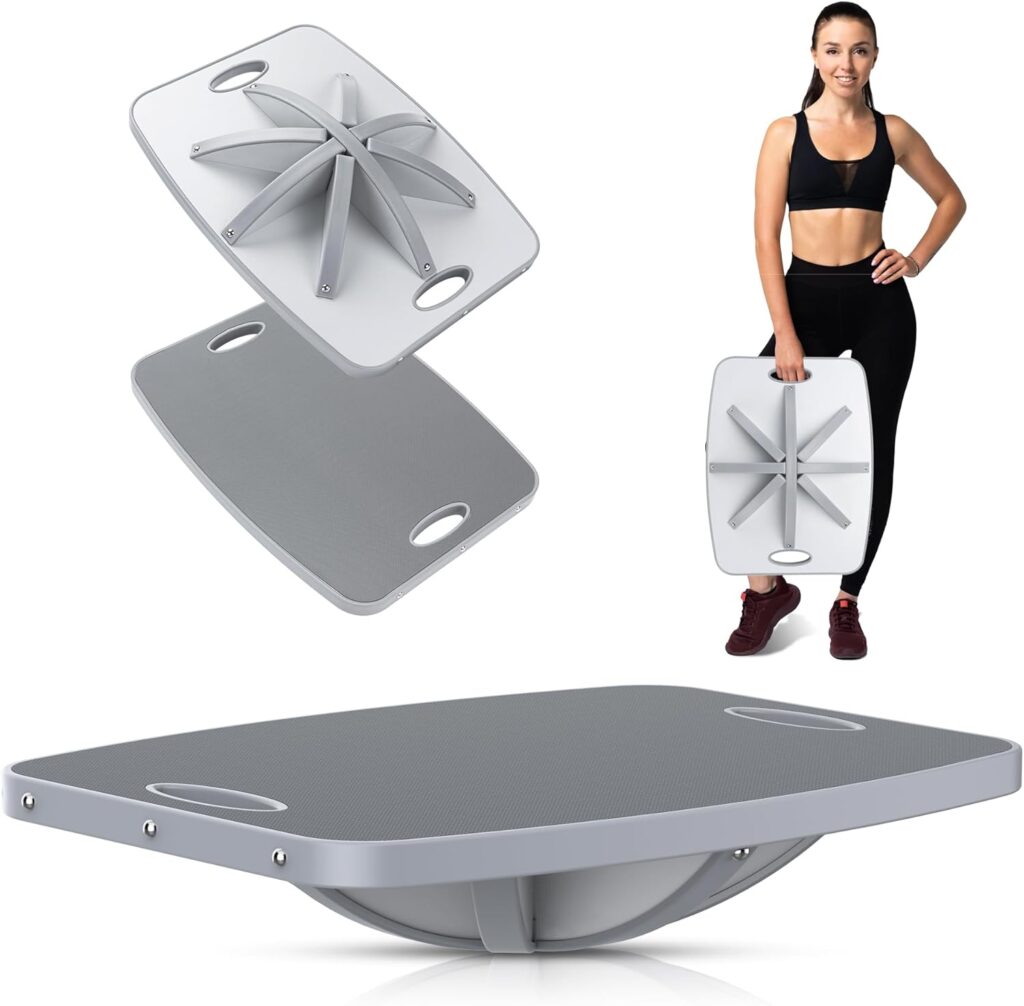
A high-strength board that can take a beating. Ideal for heavy users or those incorporating weights into training.
Pros:
- Heavy-duty build
- Great for intensive workouts
- Anti-slip bottom
Cons:
- Bulky
Best for: serious trainers, heavy users
9. Best Aesthetic: Whirly Board Spinning Balance Board
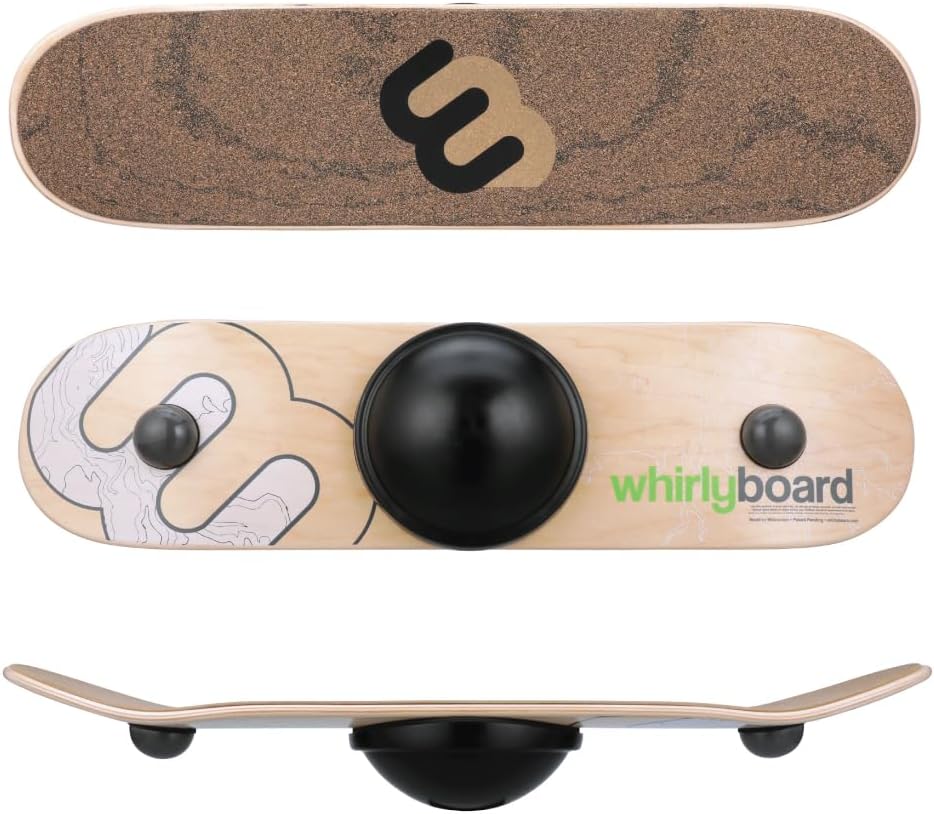
Balance meets skateboarding meets style. This spinning board adds a whole new level of challenge and looks cool doing it.
Pros:
- Unique spinning motion
- Stylish wood finish
- Compact
Cons:
- Advanced skill required
Best for: trick lovers, design-conscious users
Final Thoughts & Recommendations
Balance boards are a small but mighty investment in your fitness, posture, and overall well-being. Whether you’re standing at your desk, sweating through a workout, or just trying to stay nimble as you age, there’s a board tailored for your needs.
My Top Picks:
- Best Overall: Revolution 101
- Best Budget: Amazon Basics Wobble Board
- Best for Work: FluidStance The Plane
- Best for Fitness Pros: GiBoard Waves or Whirly Board
Still unsure? Drop a comment below. I’d love to help you figure out which board suits your lifestyle best.
And if you liked this post, you might also want to check out:
Like this guide? Share it with your fitness crew or office buddies.
Subscribe to our newsletter for more gear reviews, fitness tips, and exclusive discounts.
Let’s stay balanced—literally and figuratively.
* Voyedy may receive compensation for purchases made at participating retailers linked on this site. This compensation does not affect the products displayed or their order. Learn more here.
✈️ Got Travel Questions or Tips?
Join r/NextDestination — the community where travelers swap advice, share hidden gems, and help each other plan unforgettable trips.
- 📍 Ask real questions & get real answers
- 🌍 Share firsthand travel stories & tips
- 🧳 Help others and get help planning your next destination
I personally respond to questions from my blog posts there — come say hi!
Join the Community


